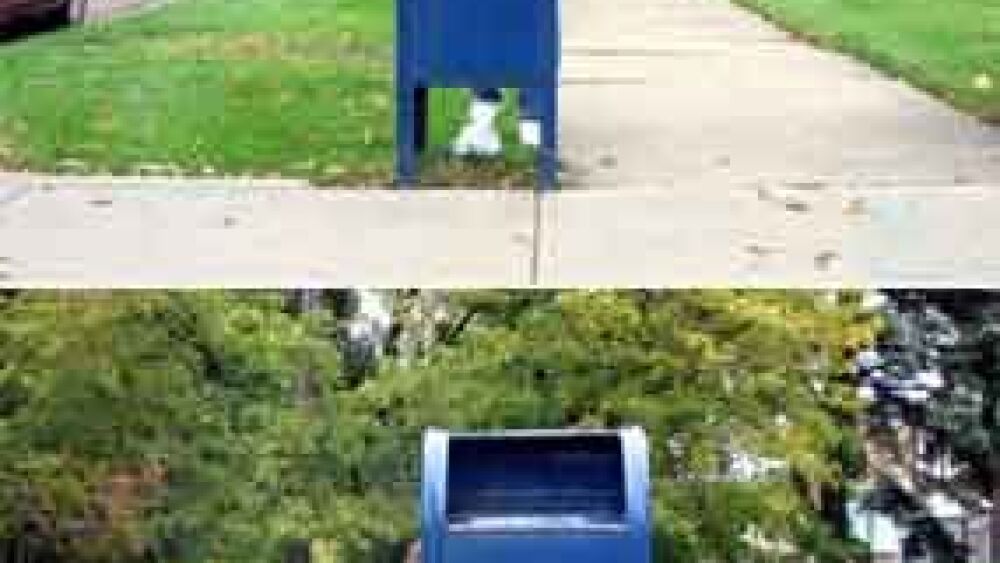Editor’s Note: PoliceOne welcomes to our roster of writers Pat McCarthy, who served 25 years with the Chicago PD. During his career, Pat worked Patrol, SWAT, spent five years undercover in the gang unit, and spent 11 years on three separate federal task forces with the FBI. In 1994, Pat created the three day Street Crimes training seminar, which is now held at more than 150 locations every year. Like our instructors from the Calibre Press Street Survival Seminar, Pat will contribute regular articles to PoliceOne.
Cover and concealment is a very important officer safety issue that everyone in law enforcement needs to be aware of (and constantly evaluating) throughout their careers. There are distinctions between cover and concealment that you should be aware of as you patrol the streets in your city, county, or town.
Cover is anything that will deflect, slow down, or even stop a round. Concealment is anything that will hide your presence or movements from the bad guy — it doesn’t always offer you protection. We’ll look more closely at what concealment does do for you in a moment, but first let’s examine the two forms of cover normally used by law enforcement.
Stationary vs. Portable Cover
Stationary cover consists of objects out on the streets such as trees, light poles, mail boxes, etc. The most common stationary cover used by law enforcement is their patrol car. “But a car moves!” you say, “How can it be stationary?” I put it with stationary objects not because nearly all the time that a car is used for cover, it’s stationary (although that is true too). I do so because it’s decidedly not portable.
It should be noted that your squad car door — admittedly a common cover position — is not going to offer you much cover protection. Most rounds will penetrate your squad car door very easily. Similarly, the trunk area of your patrol car is also a poor choice that is often used by officers. Many rounds will penetrate your trunk area and can hit you.
However, the front end of your patrol car offers some of the best protection you can utilize. Most rounds, even AK-47 and other high-powered rifle rounds, will not penetrate the engine compartment. In critical situations try to position your patrol vehicle to maximize its protection factor by parking in a way that will let you use the engine compartment as your cover location. The wheel wells of both the front and back of your patrol car offer pretty good protection against most handgun rounds, but high powered rifle rounds may penetrate and leave you vulnerable.
Portable cover consists of body armor (your bullet proof vest), portable light-weight shields, and ballistic blankets. This portable ballistic equipment will stop most handgun rounds but may not stop many high powered rifle rounds. As technology advances, better protection for law enforcement officers is becoming available. For example, there is now a ballistic panel that can be retrofitted into the doors of patrol cars to offer better protection to the most commonly used cover object, the patrol car door.
Do’s and Don’ts of Concealment
As I mentioned, even though you are concealed behind an object, you still can be shot. The following are some common concealment mistakes made by officers who are involved in critical incidents.
1.) Not considering the bad guys tactical advantage over you. You might feel safe hiding behind an object that totally conceals your location, but remember that a bad guy firing wildly through an object can hit you, even though they can’t actually see you.
2.) Not being aware of shadows that your body might be revealing to the bad guy. Once again, you may be hidden well, but can be shot through the object you are hiding behind.
3.) Radios, cell phones, and watches that beep can give away your location. Always keep this in mind as you try to tactically move toward a bad guy.
Listed below are some very important do’s and don’ts officers should be aware of when they are faced with a critical incident.
Do:
a. Try to identify cover early. A good tactical cop will always be thinking cover. When you need it, you’ll need it very quickly.
b. Consider withdrawing verses staying in place. It could be your safest option.
c. Always think tactical advantage. Try to conduct stops in areas near cover. You make the decision when and where you stop people.
d. Vary your levels and sides when firing from cover. Never give the bad guy the same shot at you twice.
e. Fire around cover not over it. You’ll present a much smaller target for the bad guy to hit.
Don’t:
a. Change your cover location just to make a change. Cops tend to move around for no apparent tactical reason. Think smart when you change your cover location.
b. Change your cover location with a partially loaded weapon. Even if you only fired one or two rounds, reload and use the clip with the expended rounds as a back-up. The one or two rounds you’ve already fired can make a difference in a gun battle.
c. Try to fire through cover. Today’s ammo has tremendous penetrating power and you could wound another officer who is at the scene.
d. Fire unless you’ve identified a specific target.
The ability to evaluate cover and assess the threats you are faced with on the streets can have a major impact on whether you survive a deadly force encounter. Learn to recognize what is good and bad cover. Always keep cover in your mind. When you need it, you will need it very quickly.
Your life could depend on the choice you make.



